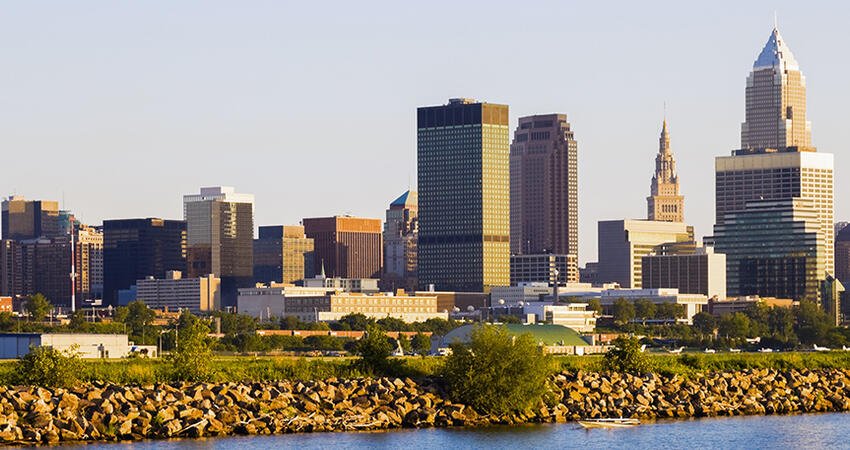
Cleveland’s HEAL Model Works to Improve Residents’ Health through Community-Led Initiatives
- Title:
- Cleveland’s HEAL Model Works to Improve Residents’ Health through Community-Led Initiatives
- Author:
-
Vedette R. Gavin, Eileen L. Seeholzer, Janeen B. Leon, Sandra Byrd Chappelle, Ashwini R. Sehgal
- Source:
-
American Journal of Public Health
- Publication Date:
-
2015
Through community engagement, a local foundation joined forces with a hospital and community partners to implement the Healthy Eating and Active Living (HEAL) model, which addressed disparities in life expectancy between urban and suburban neighborhoods in Cleveland, Ohio, as documented by Vedette Gavin and her colleagues. There was a 15-year difference in average life expectancy in 2010 between three adjacent inner-city neighborhoods (Buckeye, Larchmere, and Woodland Hills) and a suburb less than eight miles away in the Cleveland metropolitan region, demonstrating that neighborhood conditions affect residents' health. To address this large health disparity, the Saint Luke’s Foundation created a fellowship to design and pilot the HEAL model in these inner-city neighborhoods between 2010 and 2013. This model uses community leadership (i.e., an advisory council composed of community partners and resident leaders) to design and implement community-derived strategies that create sustained opportunities for healthy lifestyles and a culture of health around six priorities identified by community residents. Evaluators measured the success of the model’s implementation by assessing the change in the neighborhood’s physical, resource, and social environments for each priority. Through continued use of this model, the authors will assess its long-term success and incorporate it into other neighborhoods.
Key findings
- Allowing the implementation of the HEAL model to be community-led contributed to the program exceeding its original participatory goal. In two years, 15 percent of the residents in these three neighborhoods engaged in the HEAL model.
- The fellow needs to be a facilitator and source of assistance for the community during the implementation of the HEAL model, not a prescriptive adviser.
- The HEAL model can also provide job training. For instance, in exchange for teaching free exercise classes to the community, instructors received scholarships for their fitness certifications.

